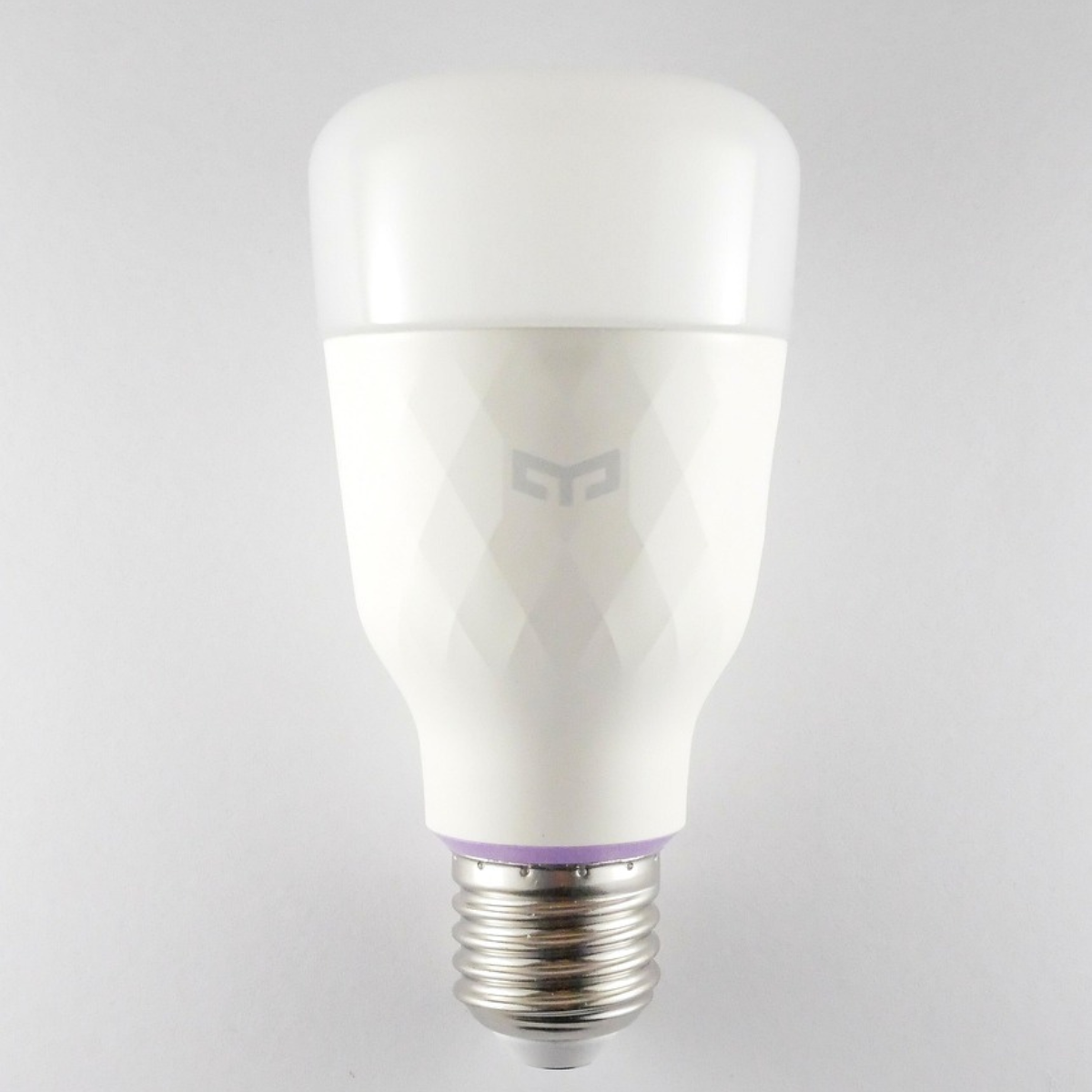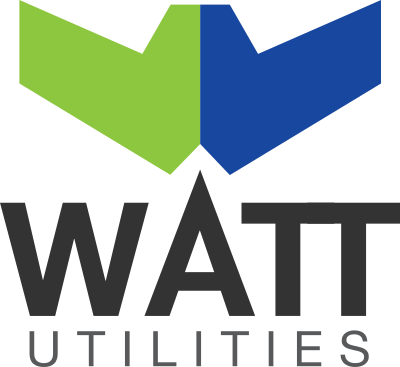
For Australian SMEs, lighting typically accounts for 10-25% of electricity bills, with some businesses seeing costs as high as 50% of their total energy expenditure. The shift from traditional lighting to LED technology represents one of the most straightforward and profitable energy upgrades available to businesses today.
Modern LED lighting delivers energy efficiency improvements of 60-80% compared to fluorescent and halogen alternatives, while lasting 5 to 25 times longer. This combination of reduced energy consumption and extended lifespan creates compelling financial returns that improve month after month.
LED lighting delivers savings through two distinct channels that compound over time. Energy savings begin immediately as LEDs consume significantly less electricity than traditional alternatives. Maintenance savings accumulate as the extended lifespan of LEDs reduces replacement frequency and associated labour costs.
LEDs use approximately 75-80% less energy than incandescent and halogen bulbs while providing equivalent light output. A 50W halogen downlight can be replaced with a 12W LED alternative, delivering the same illumination for less than a quarter of the electricity consumption.
For fluorescent lighting, the improvements are still substantial. A typical 32W fluorescent tube replacement LED uses approximately 18W, representing a 44% reduction in energy consumption before accounting for the elimination of ballast energy losses.
The maintenance advantages of LED lighting become more pronounced over time. Traditional incandescent bulbs typically last 1,000-2,000 hours, halogen bulbs reach 2,000-4,000 hours, and fluorescent tubes achieve 8,000-15,000 hours. Quality LED bulbs operate for 25,000-50,000 hours, with some industrial applications reaching 100,000+ hours.
This extended lifespan translates directly to reduced maintenance costs. A business replacing bulbs three times annually with traditional lighting might replace LEDs once every 8-15 years, assuming typical commercial operating hours.
A retail store with 100 halogen downlights operating 12 hours daily would typically replace each bulb 2-3 times per year. At $8 per replacement (including labour), annual maintenance costs reach $1,600-2,400. With LED replacements lasting 25,000+ hours, the same store might replace bulbs once every 8-10 years, reducing annual maintenance to under $200.
LED lighting upgrades typically achieve payback periods of 6 months to 3 years, depending on existing lighting type, operating hours, and electricity costs. Businesses with longer operating hours and higher electricity rates see faster returns.
LED lighting provides additional benefits that, while harder to quantify, contribute to overall business value. LEDs produce significantly less heat than incandescent and halogen alternatives, reducing air conditioning loads during warmer months. This secondary cooling cost reduction can add 5-15% to overall lighting-related energy savings.
Improved light quality from LEDs can enhance workplace productivity and safety. Better colour rendering and consistent light output eliminate the flickering and dimming associated with aging fluorescent systems. For retail businesses, superior light quality can improve product presentation and customer experience.
Successful LED upgrades require planning that balances upfront investment with operational requirements. Professional assessment helps identify the most cost-effective upgrade approach and ensures compatibility with existing electrical systems.
SMEs can approach LED upgrades through phased replacement or complete overhauls. Phased approaches allow businesses to spread costs over time, starting with the highest-usage areas or the most inefficient existing lighting. Complete replacement often provides better pricing through bulk purchases and may qualify for larger government incentives.
Critical considerations include existing fixture compatibility, electrical capacity, and lighting control requirements. Some LED installations require new fixtures or electrical modifications, while others can utilise existing infrastructure.
Several Australian states offer substantial incentives for LED lighting upgrades. The NSW Energy Savings Scheme provides rebates that can reduce installation costs by up to 70%. Victoria’s Energy Upgrades program offers similar benefits, while other states have targeted small business efficiency schemes.
These programs often have specific technical requirements and approved installer networks. Early engagement with accredited providers ensures maximum benefit from available incentives while guaranteeing compliant installations.
Not all LED products deliver equivalent performance or lifespan. Quality LEDs from reputable manufacturers typically offer 5-10 year warranties and maintain consistent light output throughout their rated life. Cheaper alternatives may provide initial cost savings but deliver shorter lifespans and reduced efficiency gains.
Lumens per watt indicates LED efficiency, with quality commercial products delivering 100-150+ lumens per watt. Colour temperature affects ambience and productivity, with 3000K-4000K typically suitable for most commercial applications. Dimming compatibility and control system integration may be important for businesses seeking advanced lighting management.
Installation quality significantly impacts LED performance and lifespan. Proper thermal management, appropriate drivers, and compatible controls ensure LEDs achieve their rated performance specifications.
While some LED replacements appear straightforward, professional installation ensures optimal performance, compliance with electrical standards, and warranty validity. Qualified installers can identify electrical issues, recommend appropriate controls, and configure systems for maximum efficiency and longevity.
Tracking LED performance validates investment returns and identifies opportunities for further optimisation. Energy monitoring systems can quantify consumption reductions, while maintenance logs document reduced service requirements.
Smart LED systems provide detailed usage data and enable remote monitoring of individual fixtures. This capability supports predictive maintenance and helps optimise lighting schedules for maximum efficiency without compromising operational requirements.
LED lighting systems benefit from periodic review and optimisation. Advanced lighting controls can further reduce energy consumption through daylight harvesting, occupancy sensing, and automated scheduling.
As LED technology continues advancing, businesses may find opportunities for additional upgrades that deliver incremental improvements in efficiency, controls integration, or light quality.
LED lighting supports environmental sustainability goals while helping businesses prepare for increasingly stringent energy efficiency regulations. LEDs contain no mercury, unlike fluorescent alternatives, and their extended lifespan reduces waste generation.
Australian regulations are progressively phasing out inefficient lighting technologies. Understanding these timelines helps businesses plan upgrades before forced compliance creates rushed implementation and higher costs.
All energy savings percentages, cost estimates, payback periods, and performance figures in this article are based on industry data and typical installations. Actual results vary significantly depending on:
Individual businesses may achieve higher or lower savings than indicated ranges. Professional lighting assessment recommended before investment decisions. Cost estimates based on current market conditions and may vary by location and supplier. Government incentive availability and amounts subject to change.
Our energy specialists help Australian SMEs implement cost-effective LED lighting solutions. Get a customised lighting assessment and discover your specific energy savings potential.
Get Expert Advice


Fields marked with * are required.

Fields marked with * are required.